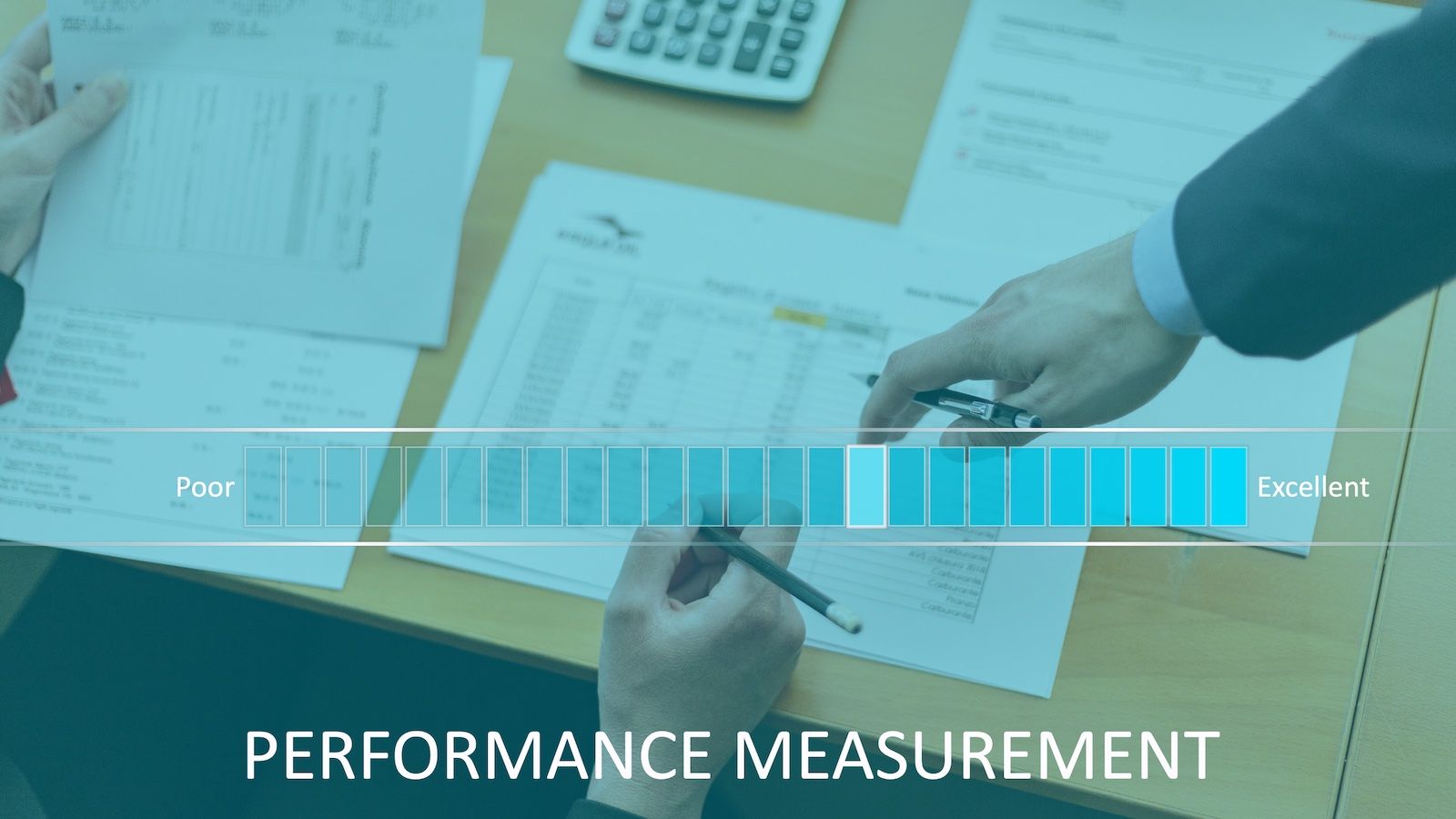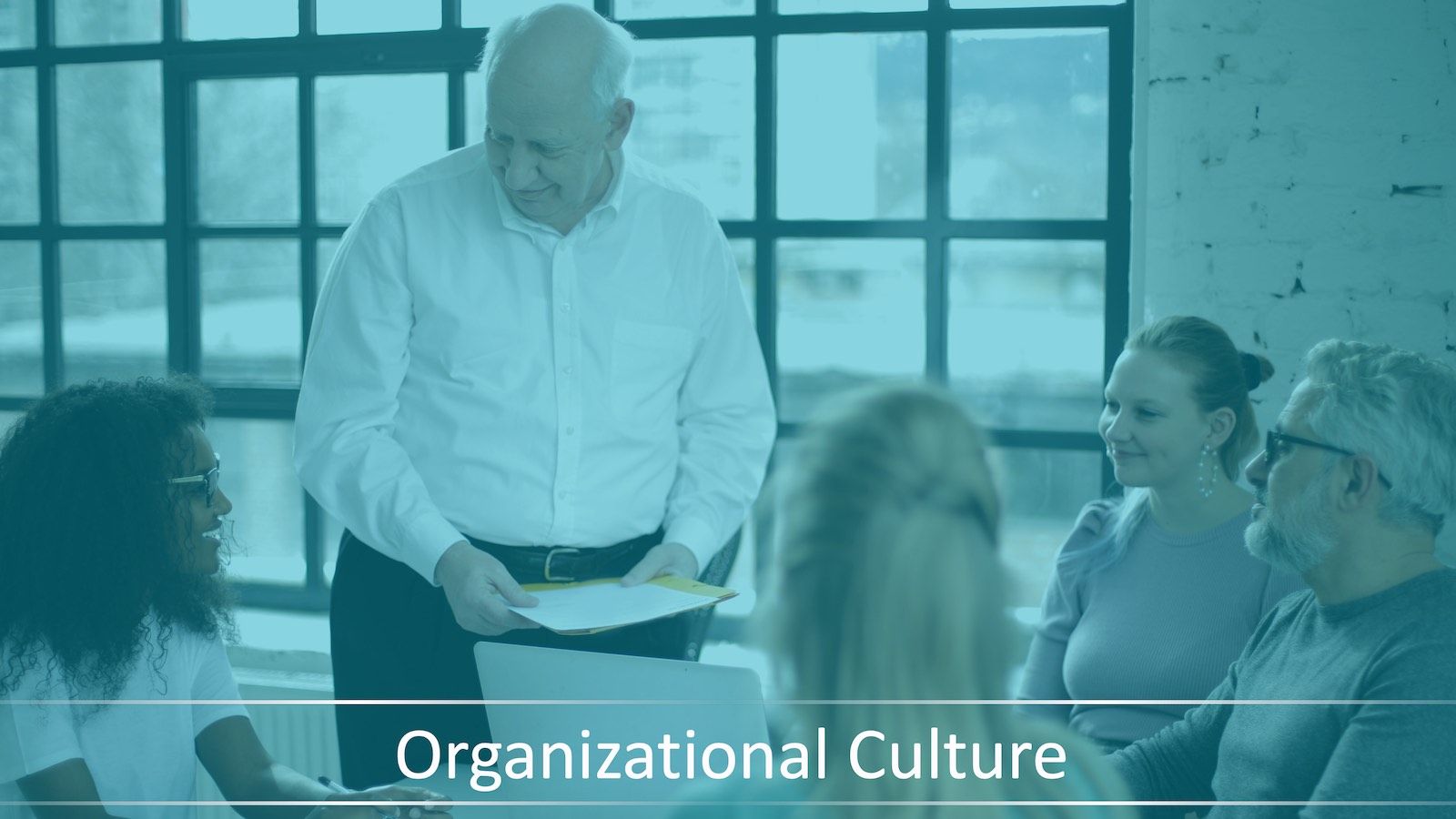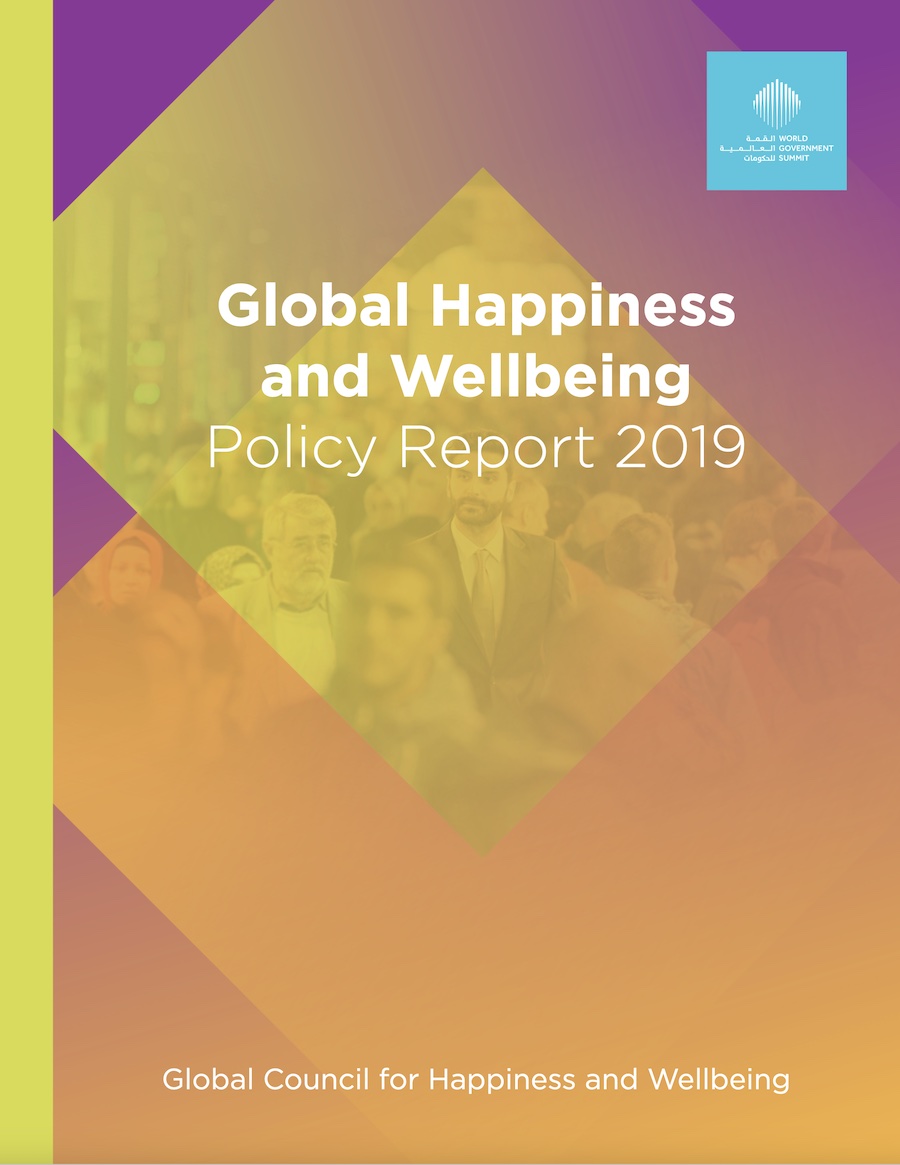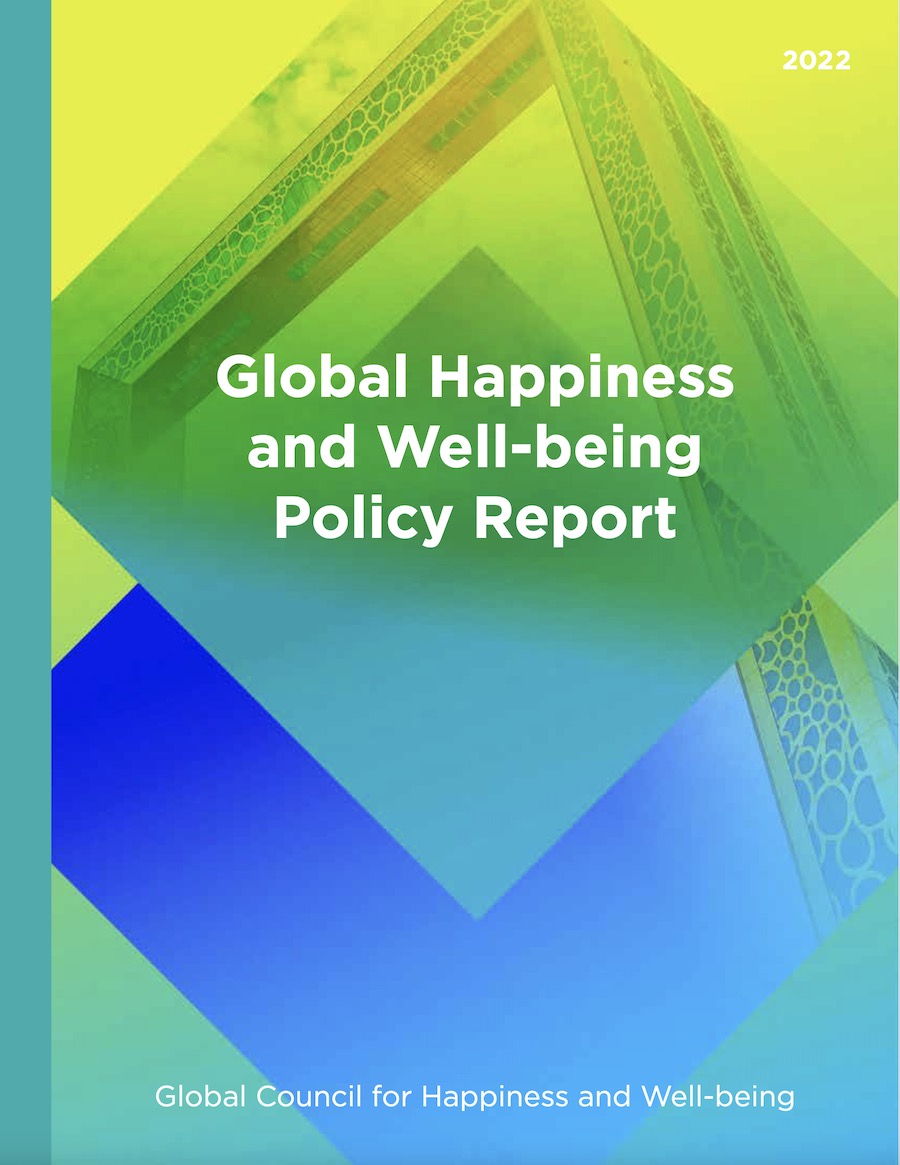Local Government Consulting
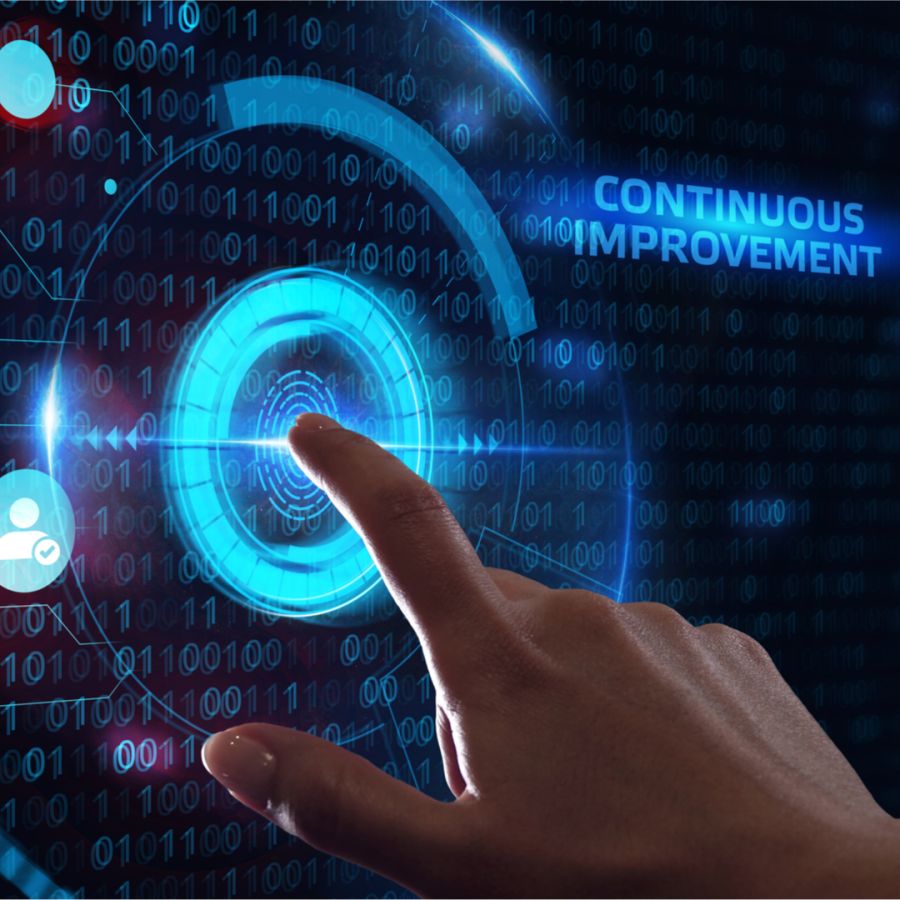
-
Value to the Customer
-
Collaboration Between Departments
-
Maximize Productivity
-
Eliminate Waste
-
Reduce Cost
-
Quality Control
Improving quality and efficiency of service delivery by local governments is a variable and sometimes complex process. Efforts to advance processes can be obstructed by the expectations of staff, demands of citizens and/or divergent agendas of elected officials. Well-intentioned actions could produce little actual improvement.
A Continuous Improvement Culture is not created rapidly, and many local governments are purposefully built around stability which could invite a resistance to change. The best place to begin will be dependent on the organization, there are some resources below to consider.
Resources to Get Started
Contact us to
Learn More
News Related to Continuous Improvement

The Innovation Drought: How Local Government Leaders Can Transform Resistance into Opportunity
Key Takeaways
- Understand how outdated cultures resist innovation in local government.
- Discover strategies for leaders to foster innovative thinking.
- Learn how to support change agents striving for progress.
Local governments are facing unprecedented challenges: aging infrastructure, workforce shortages, and the accelerating pace of technological change. Having worked closely with local government leadership teams throughout the country for the past decade, I’ve witnessed firsthand the complexities of navigating these challenges.
Opportunities to adopt new technologies exist, but many organizations remain stuck with outdated tools and cultural norms. These norms often prioritize stability over progress. This “innovation drought” isn’t always due to a lack of ideas or resources. Instead, it often stems from deep-rooted habits that resist change.

Leaders in local government—both elected officials and appointed administrators—have a unique chance to shape their organization’s culture and encourage innovation. If you’re struggling with barriers, I hope this article provides clarity and encouragement.
The Culture of Maintenance: A Double-Edged Sword
Local governments are designed to ensure stability, which is essential for delivering consistent services, especially during crises. However, when stability becomes the sole focus, innovation tends to be ignored.
Officials and administrators often face limited resources, short political cycles, and public scrutiny. The risks tied to innovation can feel overwhelming. For example, a city may adopt a helpful new technology, but if the provider fails, the city can be left with significant problems. This happened to the City of Zephyrhills, which adopted a smart water grid only to lose the system when the provider went out of business: Quick exit of water billing company will cost Zephyrhills
Risk factors make sticking to the status quo feel safer. However, this mindset can create an endless cycle of patching up old systems rather than embracing forward-thinking solutions.
Overcoming Challenges Fueled by Resistance to Change
The challenges facing local governments today demand a bold shift in thinking. Aging infrastructure, over encumbered budgets and workforce shortages all require solutions that go beyond “business as usual.”
For example, workforce shortages highlight the need for new hiring strategies and flexible workplaces. However, many organizations resist change. Long-term employees may expect new hires to “pay their dues,” even though job seekers now prioritize different values. Similarly, elected officials and citizens may cling to outdated practices, even if they’re no longer effective.
Innovation is rarely easy. Leaders must balance short-term needs with long-term goals. For those facing resistance, persistence is key. Focus on showing the value of innovation through small, gradual successes. Over time, these wins can shift mindsets.
Leadership: The Catalyst for a Culture of Innovation
For innovation to succeed, leaders must take clear steps to create supportive environments. This means encouraging new ideas, allowing room for experimentation, and treating failure as part of the learning process. The pandemic pushed many governments to adopt virtual tools, and AI is now expanding opportunities further. But the success of these tools depends on organizational culture. In our City Manager and County Administrator Think Tanks, some leaders use AI tools daily, while others are just starting to explore platforms like ChatGPT.
Elected officials play a critical role in setting innovation priorities during strategic planning and budgeting. Administrative leaders can then model collaboration, take calculated risks, and encourage teamwork. Innovation doesn’t always have to be focused on large scale projects. A great example of this type of innovation culture is happening in the City of Oldsmar.
Innovation in Action: City of Oldsmar
The City of Oldsmar fosters innovation by inspiring employees to dream about “what can be” while providing a platform that nurtures creativity and collaboration. Through a structured culture framework that includes group learning opportunities like book reviews and trainings, as well as twice-yearly department director retreats focused on strategy, SWOT/TOWS analyses, and brainstorming, employees are encouraged to develop impactful programs and approaches that add value and/or enhance efficiency.
These efforts have resulted in value-added, award-winning initiatives such as Oldsmar in Orbit, an augmented reality solar system model that integrates technology with outdoor learning, and the Save Our Bay program, which leverages citizen science for environmental stewardship. Additionally, an example of enhancing efficiency is the development of a cascading strategic framework by senior staff, tailored to the city’s capacity, which has streamlined focus and improved operational effectiveness. By inspiring employees to reach their potential and giving them the freedom to think creatively, Oldsmar not only drives innovation but also strengthens staff retention through a culture that fosters purpose and intellectual engagement.
Steps to Build a Culture of Innovation
- Empower Leadership: Appoint leaders who value innovation and are willing to champion it.
- Encourage Risk-Taking: Create a safe space for experimentation without fear of failure.
- Foster Collaboration: Break down silos and encourage cross-departmental problem-solving.
- Invest in Technology: Modernize systems to improve efficiency and service delivery.
- Attract and Retain Talent: Embrace flexible work arrangements and professional development to build a resilient workforce.
Each of these steps requires both patience and persistence. Leaders working to bring these changes to life deserve recognition for their courage and vision. They are not only managing the present but also shaping the future.
The innovation drought facing local governments is a cultural challenge, not a lack of ideas or resources. For leaders navigating resistant systems, fostering innovation requires persistence, creativity, and support. By empowering leadership, encouraging collaboration, and embracing strategic risks, local governments can build a culture where progress thrives.
Whether you’re leading change or supporting those who are, the journey to innovation is one worth taking. Together, we can create communities better equipped to face the complexities of tomorrow.

The Power of Organizational Culture
The Power of Organizational Culture
In today’s dynamic work environment, the role of organizational culture in driving employee wellbeing and performance cannot be overstated. Insights from the 2019 and 2022 Global Happiness and Wellbeing Policy Reports offer valuable guidance on organizational culture. Both emphasize the importance of a supportive culture, effective leadership, and work-life balance in enhancing employee satisfaction and organizational performance.
Organizations with strong, positive cultures tend to experience higher levels of employee wellbeing. This, in turn, leads to better overall performance. The 2019 report highlighted that a supportive organizational culture can result in a 10-25% increase in employee productivity. Similarly, the 2022 report emphasizes that social connections and a sense of community within the workplace significantly contribute to employee happiness.
“Social connections are a critical component of well-being, and policies that promote these connections can significantly enhance life satisfaction”
City Managers and County Administrators can benefit from these findings. By fostering a culture that promotes wellbeing, they can drive their teams to new heights of efficiency and effectiveness. Ultimately, this serves their communities better.
Leadership: The Cornerstone of a Positive Culture
Effective leadership is crucial. Leaders who demonstrate empathy, provide support, and communicate clearly can significantly enhance employee satisfaction and engagement. The 2019 report revealed that leadership training programs can improve managerial effectiveness by up to 20%. The 2022 report reinforces this, emphasizing the need for leaders to support mental health and well-being.
“Training programs focused on developing leadership skills can improve managerial effectiveness and contribute to a more positive organizational culture”
— 2022 Report, p. 14
Key Insight: Investing in leadership development is essential. City Managers and County Administrators must prioritize programs that equip leaders with the necessary skills. Empathetic and well-trained leaders can transform the work environment. This leads to higher morale and better overall outcomes.
Learn More About Our Leadership Training
Work-Life Balance: A Key to Employee Satisfaction
Employees who enjoy a good work-life balance report higher levels of job satisfaction. They also experience lower levels of stress. The 2019 report highlighted that policies supporting work-life balance, such as flexible working hours and telecommuting, can reduce employee turnover by 15-25%. The 2022 report builds on this, noting the critical role of flexibility in adapting to new challenges.
“Flexible work arrangements are crucial for improving work-life balance, reducing stress, and enhancing overall job satisfaction”
Key Insight: By adopting flexible working policies, City Managers and County Administrators can create more satisfied, less stressed workforces. This improves employee wellbeing and enhances the overall stability and performance of their organizations.
Building a Sense of Community
A strong sense of community and social connections within the workplace contribute significantly to higher levels of employee happiness. The 2019 report indicated that programs encouraging social interaction and team building can enhance employee morale and cooperation. The 2022 report further emphasizes the importance of these connections, especially in light of the social isolation caused by the COVID-19 pandemic.
“Social connections are a critical component of well-being, and policies that promote these connections can significantly enhance life satisfaction”
Key Insight: Implementing team-building activities and social programs can help employees feel more connected and supported, leading to improved collaboration, performance and results.

The Role of Leadership Development
Leadership development is integral to fostering a positive organizational culture. Insights from the 2019 and 2022 Global Happiness and Wellbeing Policy Reports highlight the critical impact of leadership training:
- 2019 Report: Training programs focused on leadership skills can improve managerial effectiveness by up to 20%.
- 2022 Report: Emphasizes the role of leadership in supporting mental health and well-being.
“Training programs focused on developing leadership skills can improve managerial effectiveness and contribute to a more positive organizational culture”
Imagine That Performance offers executive coaching and leadership training programs specifically designed for local government leaders. These programs help develop empathetic and supportive leaders who can drive their teams toward greater productivity and satisfaction.
Learn More About Our Leadership Training
Building a Thriving Workplace

Local governments have a unique opportunity. They can lead by example in fostering positive organizational cultures. By integrating tailored solutions, City Managers and County Administrators can create thriving workplaces. These workplaces benefit both employees and the communities they serve.
Imagine That Performance offers a range of services designed to support local governments in this endeavor. From leadership training and executive coaching to workshops for leadership team development or employee engagement, we provide the tools and guidance needed to build supportive and productive workplaces.
Together, we can create a future where local governments are not only efficient but also places where employees are happy, engaged, and motivated to serve their communities.
Discover How
We Can Help
Schedule a no-obligation call to see how we can support your goals.
More Organizational Culture Content
Our Leaders are Passionate about Improving Organizational Culture in Local Government

Leadership Excellence in Local Government
A Guide for Senior Executives
In the intricate dance of local government leadership, city managers, county administrators, and their executive teams stand at the critical nexus between visionary change and the steadfast values of public service. As architects of community destiny and custodians of public trust, they navigate a landscape where innovation intersects with tradition, where every decision ripples through the fabric of the communities they serve. This role demands not only a profound understanding of policy and organizational management but also a relentless dedication to ethical leadership, empathy, and the agility to adapt to ever-evolving challenges.
Leadership at this echelon is less about wielding authority and more about fostering an environment that propels growth, cultivates open dialogue, and aligns the leadership team with the organization’s overarching mission. The mantle carried by these leaders is one of both privilege and profound responsibility: to steer communities towards a future that balances innovation with integrity, inclusivity with accountability. In embracing these tenets of leadership excellence, they act as the pivotal force driving their teams and communities toward unparalleled success.
Defining Leadership Purpose
At the heart of effective local government leadership lies a clear and compelling sense of purpose. Senior executives, by defining and embedding this core mission within every facet of their organization, provide a beacon that guides strategic decision-making, policy formulation, and daily operations. This purpose, or ‘why’, becomes the foundation upon which trust is built and leadership is exercised.
“People don’t buy WHAT you do, they buy WHY you do it. We are drawn to leaders and organizations that are good at communicating what they believe. Their ability to make us feel like we belong, to make us feel special, safe and not alone is part of what gives them the ability to inspire us.” – Simon Sinek
It is what aligns the efforts of diverse teams, ensuring that from the strategic objectives set by top-tier leadership to the execution of day-to-day tasks, there is coherence and unity in pursuit of common goals. A well-articulated purpose not only motivates and inspires but also serves as a critical tool in navigating the complexities and challenges inherent in public service.
Fostering a Culture of Psychological Safety
Creating a culture of psychological safety and support is crucial for innovation and effective problem-solving at the executive level of local government. This culture enables team members to express ideas, raise concerns, and propose solutions without fear of reprisal or ridicule. For senior leaders, fostering such an environment means encouraging open communication, showing vulnerability, and demonstrating an unwavering support for their teams.
“Psychological safety is not about being nice or lowering performance standards, it’s about giving candid feedback, openly admitting mistakes, and learning from them.”
Amy C. Edmondson
This approach not only enhances team cohesion and morale but also empowers individuals to take initiative and contribute their best work. In an atmosphere where psychological safety prevails, the executive leadership team becomes more agile, resilient, and capable of tackling the complex challenges of governance with creativity and confidence.
Adaptability and Continuous Improvement
The landscape of local government is ever-changing, with new challenges and opportunities emerging at a rapid pace. Adaptability and a commitment to continuous improvement are therefore essential qualities for senior executives. These leaders must be adept at navigating shifts in policy, societal needs, and technological advancements, all while maintaining a steadfast focus on their community’s welfare. Embracing adaptability means being open to reevaluating strategies, processes, and even long-held beliefs in response to new information or changing circumstances. Moreover, a culture of continuous improvement encourages ongoing learning, development, and innovation within the organization, ensuring that it remains responsive and effective in meeting the evolving needs of the community it serves.
“Strong leaders engage their critics and make themselves stronger. Weak leaders silence their critics and make themselves weaker.”
Adam Grant
Building on the insight that engaging with diverse perspectives, including those of critics, can significantly enhance leadership strength, it’s crucial for leaders in local government to cultivate a deep understanding of themselves. This self-awareness is not just about recognizing one’s strengths and weaknesses but about continuously seeking opportunities for self-improvement and personal growth. By actively reflecting on their leadership style, decision-making processes, and the impact they have on their organizational culture and community, leaders can identify areas for development and initiate meaningful change. This process of self-reflection and learning is a powerful tool for leaders, enabling them to adapt more effectively to new challenges and lead with greater empathy, insight, and resilience. It underscores the belief that the journey of leadership is one of perpetual growth, where knowledge of oneself and the courage to evolve are paramount in navigating the complexities of serving the public good.
Decision-Making and Fair Processes
At the executive level, decision-making processes and the fairness with which they are executed have profound implications for the organization and the community. Implementing fair processes involves seeking diverse perspectives, weighing the potential impact on various community segments, and ensuring that the voices of marginalized or underrepresented groups are heard.
“A diverse mix of voices leads to better discussions, decisions, and outcomes for everyone.”
Sundar Pichai (CEO of Google)
Transparent, equitable decision-making reinforces trust in local government, ensuring that actions are understood and supported by both internal and external stakeholders. For senior executives, this means not only making decisions that are in the best interest of the community but also clearly communicating the rationale behind these decisions. In doing so, executive leaders uphold the principles of good governance and demonstrate a commitment to serving the needs of all community members.
Balancing Innovation and Change
Innovation within the framework of ethical stewardship is a delicate balance that senior leaders in local government must navigate. While pursuing new and creative solutions to community challenges, these executives must also ensure that their actions are guided by ethical principles and a deep sense of accountability.
“As a change agent, the biggest lesson I’ve learned is that people don’t fear change. Rather, they fear loss, which is why it is important to spend more time on the front end of change explaining the reason for change and getting not just buy-in but the realization that the organization will be better off.”
Al Vanderberg – County Administrator, Kent County, Michigan
The balance is critical in maintaining public trust and delivering services that not only meet current needs but also anticipate future challenges. By integrating innovative practices with ethical governance, senior executives can drive meaningful change that respects the rights, needs, and aspirations of the community, ensuring that progress is both sustainable and equitable.
Leadership and Legacy in Public Service
As we reflect on the journey of leadership excellence within local government, it’s evident that the path is both challenging and rewarding. Senior executives, through their unwavering commitment to ethical governance, empathy, and strategic foresight, play a pivotal role in shaping the communities they serve. In embracing these principles, leaders not only steer their organizations towards success but also leave a lasting legacy of positive impact and community well-being. The journey of leadership is continuous, marked by moments of introspection, innovation, and transformation.
In the intricate journey toward leadership excellence within local government, the path is illuminated not only by the vision and determination of its leaders but also by the support systems that underpin their success. As we chart the course forward, it becomes crucial to acknowledge some of support services available to bolster these leaders in their mission.
Support services, ranging from executive coaching and leadership development programs to strategic planning facilitation and peer networks, offer valuable resources for enhancing leadership skills, fostering psychological safety, and navigating the complexities of public service. These services are vital tools in the arsenal of any visionary leader, providing the guidance, insights, and community needed to thrive in the face of evolving challenges.
By integrating these support mechanisms, leaders can amplify their impact, ensuring their teams and communities benefit from informed decision-making, innovative solutions, and inclusive governance. The journey of leadership is one of perpetual growth and learning, where external support services act as catalysts for personal and organizational transformation. Embracing these resources is a testament to the commitment of local government leaders to not only meet the needs of the present but also to pave the way for a sustainable, equitable future.
Frequently Asked Questions
Continuous improvement initiatives can increase value for citizen customers and the public in general by providing services that more effectively and efficiently address the expressed need.
A vital part of Continuous Improvement is a properly organized and executed Voice of the Customer exercise and there are foundational tools to do this beyond traditional customer satisfaction surveys.
Continuous Improvement programs can provide additional organizational capacity through improved work processes and workflows. This capacity building is often achieved without increases in staff and cost.
Often times, a Continuous Improvement program will identify waste reduction opportunities that will in fact lead to reduced costs
Employees are likely to be more engaged when creativity and teamwork are used to improve service levels and increase value for customers. Engaged and enabled employees are also likely to be more satisfied with their jobs, resulting in reduced rates of attrition.
